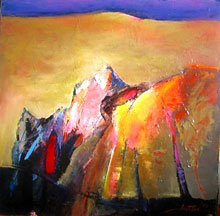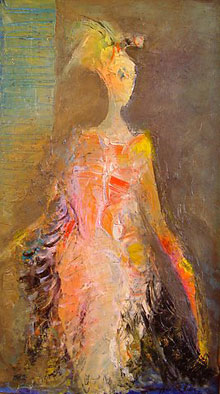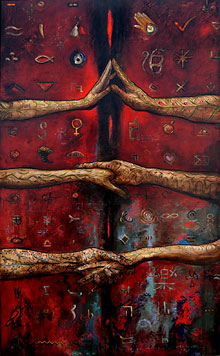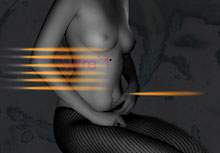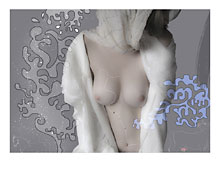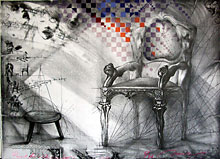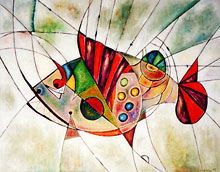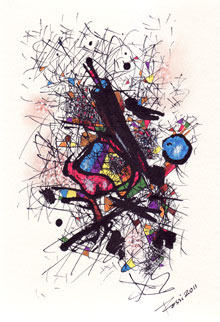The Next Level of Spirituality
©2011-2023 Leading Art - All Rights Reserved.- About Leading Art
-
The hidden correspondence of the arts, the relation between colour and sound, between music and painting! The possibility of synesthesia as a potential for artistic activities to work! That, as a musician and a singer it was always my idea, and now it has become a part of your realization!
Leading Art is a virtual gallery representing original one of a kind artwork by professional artists: oil paintings, sculptures, mixed media etc. Learn more about Leading Art
-











